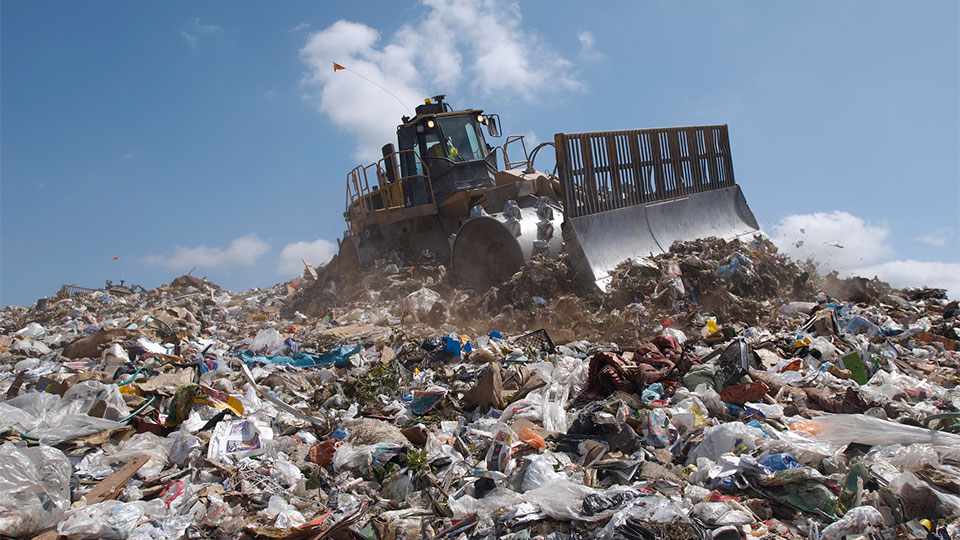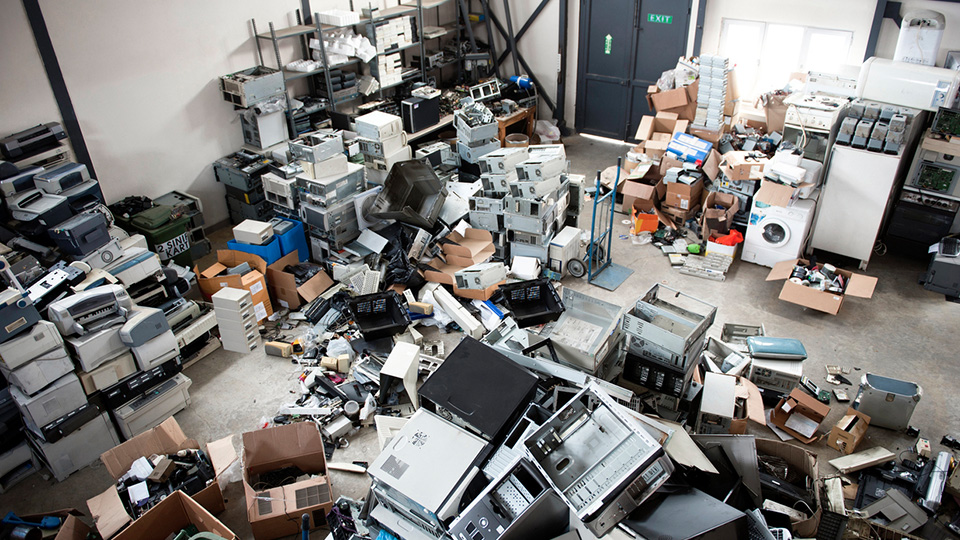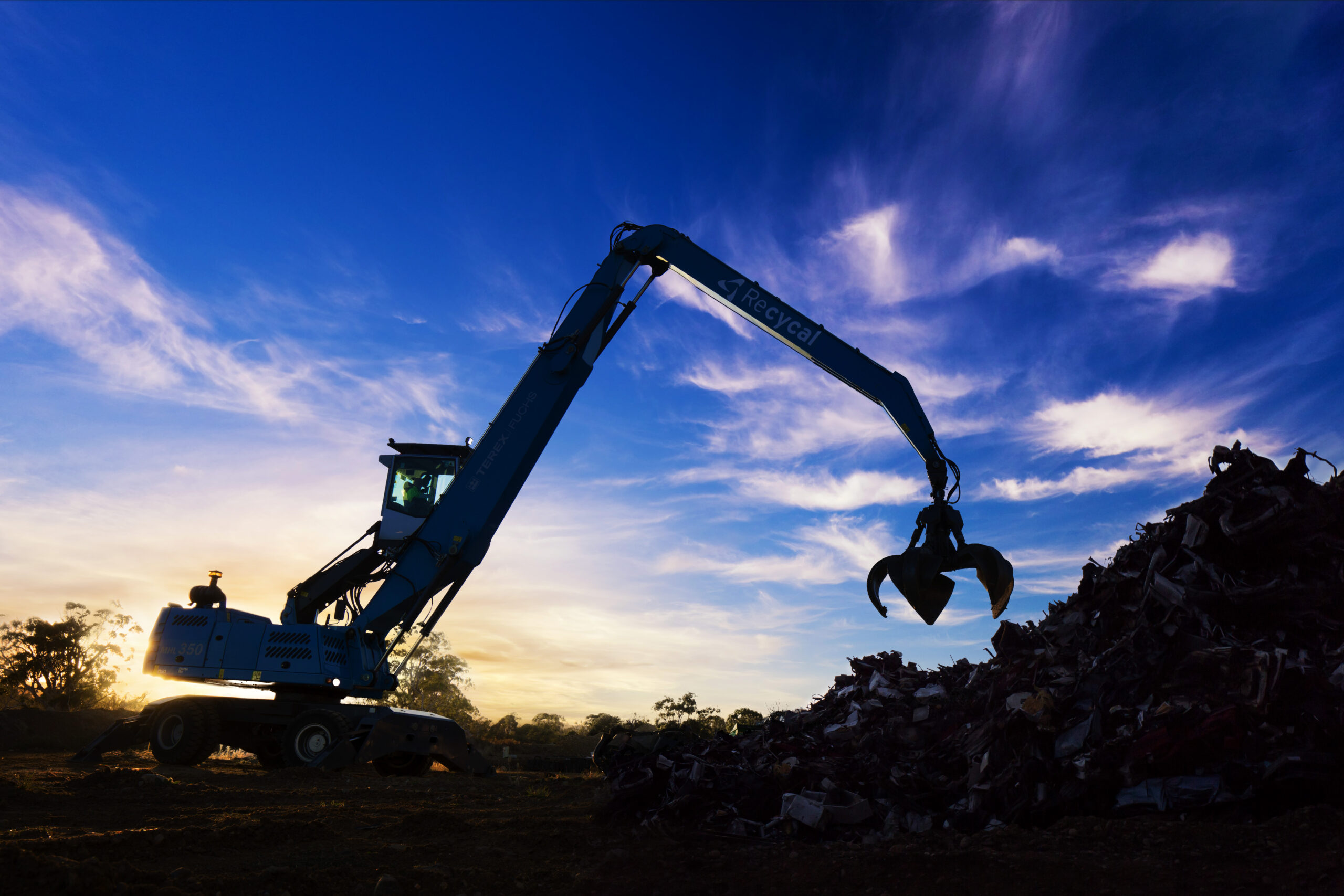When we think of e-waste, most attention focuses on the bits that do all the hard work – the batteries and printed circuit boards (PCBs). We tend to forget about the boring things like steel computer cases, glass and plastics even though they can, by weight, make up over 95% of the e-waste disposal stream.
That means much of the electronics recycling process is relatively easy, and in the early stages involves some pretty basic methods.
Reusing And Repairing Electronics
How many electronic items get thrown out not because they don’t work any more, but because they have gone out of fashion? Maybe they aren’t quite up to running the latest programs, or a replaceable component has broken.
Many old computers and phones are refurbished and shipped to less developed countries. This has both pros and cons. While it extends the working life of an item, when it does eventually break down, and in the absence of proper electronic waste disposal options, there’s a greater risk it will just be dumped and become a source of environmental contamination.
Disassembling The Nitty Gritty
If repair and reuse aren’t options then the next step along the e-waste recycling path will likely involve disassembly, most of which is done by hand. Even here there is still an opportunity for reuse – screws, capacitors, audio sockets, motors and more can be recovered as ‘spare parts’.
Some components can also be re-purposed. UK firms Electrickery makes stylish cufflinks and table lamps out of old circuit boards.
It’s Shredding Time
Once the main components are separated from each other things get a little violent.
Large, intact components like computer cases will have been removed by this stage, but everything else goes into the shredder to be chewed up into the right size for sorting.
Sorting Trash From Treasure
Sorting is the key to successful e-waste recovery. The more pure the sorted materials are, the greater their value.
Sorting is also often a manual process, although great strides are being made in high-speed mechanical sorting. Magnets are used to remove ferrous metals like steel screws and some copper alloys. Non-ferrous metals, mainly aluminium are separated using eddy currents. Different types of plastic, metals and other materials can be identified by infrared beams, lasers or X-rays, and sorted by puffs of compressed air.
By this stage, most of the electronic waste will have been sorted to a point where it can go into standard recycling streams. Steel is used to make new steel. Plastics can be made into a wide range of new products, including fence posts, keyboards and printer cartridges. But it’s those bits that do the hard work, the batteries and circuit boards, that create the hard work for e-waste recyclers.
They contain a complex mix of precious, toxic and non-toxic metals, and how they get recycled is a whole different story.
Start Recycling Today
From the various ways in which e-waste can be recycled, one thing is clear: a variety of valuable materials can be recovered to help produce new and better things. So next time your computer, phone or TV kick the dust, don’t throw it in the bin, dispose of it properly at a recycling centre near you.
If you’re a business with large quantities of e-waste, give us call on 1300 32 62 92 or fill out form below and let us tailor the perfect solution for you.





